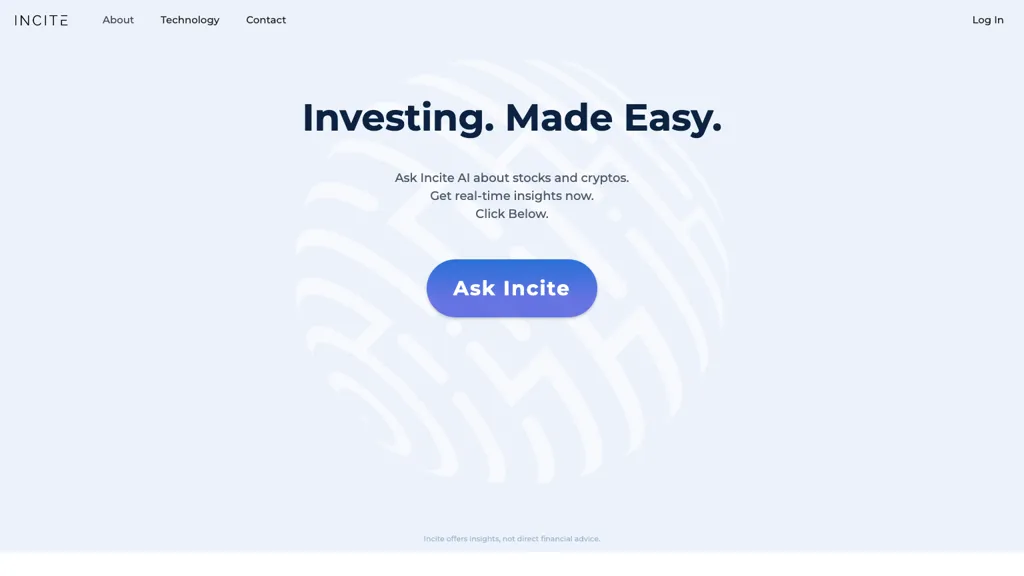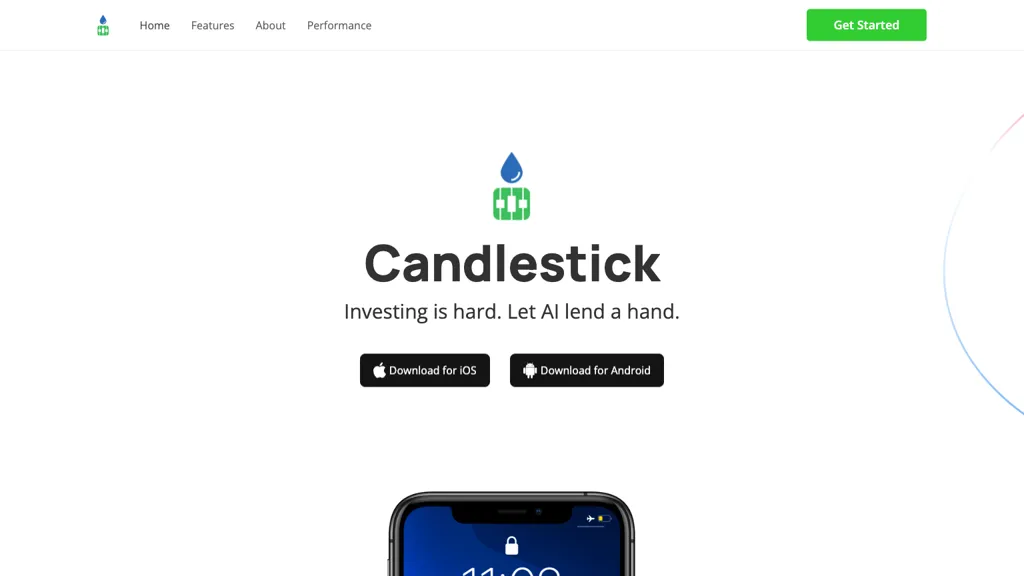20 Best News On Picking AI Stock Trading Platform Websites
20 Best News On Picking AI Stock Trading Platform Websites
Blog Article
Top 10 Tips To Evaluate Ai And Machine Learning Models Used By Ai Stock Predicting/Analyzing Trading Platforms
To get precise, reliable and useful insights, you need to test the AI models and machine learning (ML). Models that are poorly constructed or overhyped could result in inaccurate forecasts and financial losses. Here are the 10 best strategies for evaluating AI/ML models on these platforms.
1. Understanding the model's purpose and the way to approach
Clarity of goal: Decide the purpose of this model: Decide if it is to be used for trading on the short or long term, investment, risk analysis, sentiment analysis etc.
Algorithm transparency - Check for any public disclosures regarding the algorithm (e.g. decision trees, neural nets, reinforcement, etc.).
Customizability. Examine whether the model's parameters can be adjusted to fit your specific trading strategy.
2. Perform model performance measures
Accuracy: Verify the model's accuracy in the prediction of the future. However, don't solely use this measure as it may be misleading when used with financial markets.
Recall and precision: Determine how well the model identifies true positives (e.g. accurately forecasted price movements) and eliminates false positives.
Risk-adjusted returns: Determine whether the model's predictions yield profitable trades following accounting for the risk (e.g., Sharpe ratio, Sortino ratio).
3. Make sure you test your model using backtesting
Backtesting the model by using the data from the past allows you to evaluate its performance against previous market conditions.
Out-of-sample testing: Ensure your model has been tested on data that it wasn't used to train on in order to avoid overfitting.
Scenario-based analysis: This involves testing the accuracy of the model in various market conditions.
4. Be sure to check for any overfitting
Overfitting Signs: Look out for models that perform extremely in training, but perform poorly when using untrained data.
Methods for regularization: Make sure that the platform does not overfit by using regularization like L1/L2 or dropout.
Cross-validation. Make sure the platform is performing cross-validation to assess the model's generalizability.
5. Evaluation Feature Engineering
Relevant Features: Examine to determine whether the model is based on significant characteristics. (e.g. volume, technical indicators, prices and sentiment data).
The selection of features should ensure that the platform is selecting features with statistical importance and avoiding redundant or unnecessary information.
Dynamic features updates: Check whether the model adapts in time to new features or changing market conditions.
6. Evaluate Model Explainability
Readability: Ensure the model is clear in its explanations of its predictions (e.g. SHAP values, importance of features).
Black-box models can't be explained Be wary of software that use complex models including deep neural networks.
The platform should provide user-friendly information: Make sure the platform provides actionable information that are presented in a manner that traders can comprehend.
7. Examining the model Adaptability
Market changes: Verify that the model is able to adjust to changing market conditions (e.g., changes in regulations, economic shifts or black swan occasions).
Continuous learning: Find out whether the platform is continuously updating the model to include new information. This could improve the performance.
Feedback loops - Make sure that the platform incorporates real-world feedback from users and feedback from the user to enhance the model.
8. Examine for Bias in the elections
Data biases: Ensure that the data used in training are representative and free from biases.
Model bias: Make sure the platform actively monitors model biases and reduces them.
Fairness: Ensure that the model doesn't unfairly favor or disadvantage particular stocks, sectors or trading styles.
9. Evaluation of Computational Efficiency
Speed: Determine if a model can produce predictions in real-time and with a minimum latency.
Scalability: Find out if a platform can handle several users and massive databases without affecting performance.
Resource usage : Check whether the model has been optimized in order to utilize computational resources effectively (e.g. GPU/TPU).
10. Transparency and Accountability
Model documentation: Make sure the platform has comprehensive documentation about the model's architecture and the training process.
Third-party Audits: Verify that the model has independently been verified or audited by third organizations.
Error handling: Examine for yourself if your software has mechanisms for detecting and correcting model errors.
Bonus Tips
Reviews of users and Case studies User reviews and Case Studies: Read user feedback and case studies to determine the real-world performance.
Trial period: Test the software for free to test the accuracy of it and how simple it is utilize.
Support for customers: Ensure that the platform can provide solid customer support that can help resolve any technical or product-related issues.
If you follow these guidelines, you can effectively assess the AI and ML models used by stock prediction platforms, ensuring they are trustworthy as well as transparent and in line to your goals in trading. See the most popular ai investment app for site tips including ai trading, best ai trading software, ai trading tools, ai investment app, best ai stock trading bot free, ai trading, chatgpt copyright, ai investing app, ai stocks, chatgpt copyright and more.
Top 10 Tips To Evaluate The Feasibility And Trial Of Ai Stock Trading Platforms
Before you sign to a long-term agreement it is crucial to test the AI-powered stock prediction and trading platform to determine whether they meet your requirements. Here are the top 10 suggestions to think about these elements.
1. Free Trial Available
Tip: Check if the platform provides a free trial period to test its capabilities and performance.
Why is that a free trial lets you test the platform without taking on any financial risk.
2. Limitations on the Duration and Limitations of Trials
Tip: Check out the trial period and restrictions (e.g. restricted features, data access restrictions).
The reason: Knowing the limitations of a trial can aid in determining whether or not it's a thorough assessment.
3. No-Credit-Card Trials
Find trials for free that don't ask you for your credit card's number in advance.
This helps reduce the risk of unexpected costs and makes it easier to opt out.
4. Flexible Subscription Plans
Tips: Make sure there are clear pricing tiers as well as Flexible subscription plans.
The reason: Flexible plans allow you to pick the level of commitment that best suits your budget and needs.
5. Features that can be customized
Tip: Make sure the platform you are using permits customization, including alerts, risk settings, and trading strategies.
The importance of customization is that it allows the platform's functionality to be customized to your own trading needs and needs.
6. The ease of cancellation
Tips: Consider how simple it is to cancel or upgrade an existing subscription.
The reason is that a simple cancellation process allows you to not be bound to a service that does not work for you.
7. Money-Back Guarantee
TIP: Look for sites that offer a money back guarantee within a specific time.
Why? This is an additional safety step in the event your platform does not live up to the expectations you set for it.
8. All features are available during trial
Make sure that you can access all the features in the trial version, not just a limited edition.
You can make an informed decision by trying the entire functionality.
9. Customer Support for Trial
Tips: Make sure you contact the Customer Support during the testing period.
You can maximize your trial experience by getting solid support.
10. Post-Trial Feedback Mechanism
Check if your platform is asking for feedback for improving services following the trial.
Why is that a platform that valuess the user's feedback is more likely evolve and be able to meet the needs of users.
Bonus Tip Options for Scalability
If your trading activities increase it is possible to upgrade your plan or add additional features.
After carefully reviewing the test and flexibility features, you will be in a position to make an informed decision about whether AI forecasts for stocks and trading platforms are appropriate for your business before committing any amount of money. See the recommended how to use ai for stock trading advice for blog recommendations including stock trading ai, trading ai tool, chart analysis ai, can ai predict stock market, invest ai, chart analysis ai, free ai tool for stock market india, best stock prediction website, free ai tool for stock market india, trading ai tool and more.